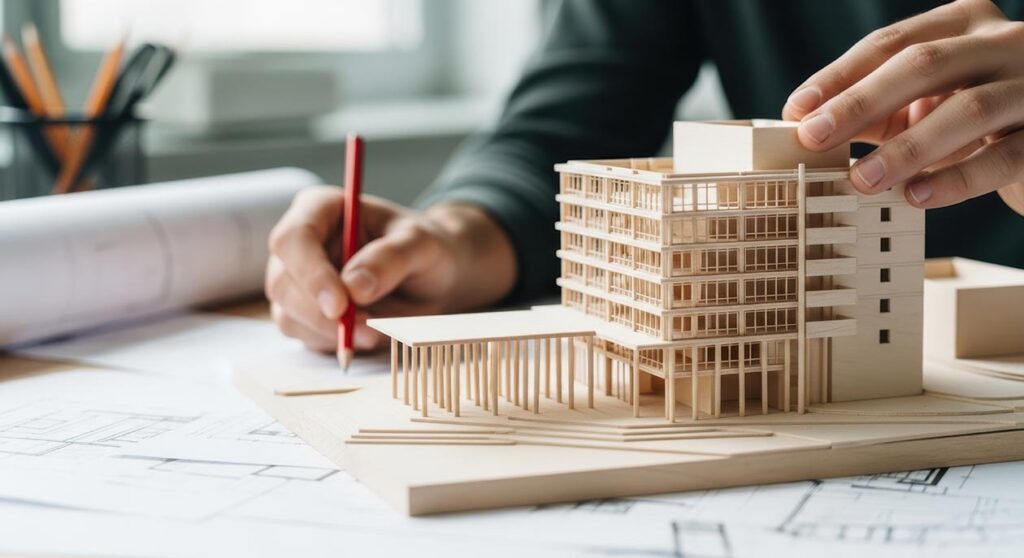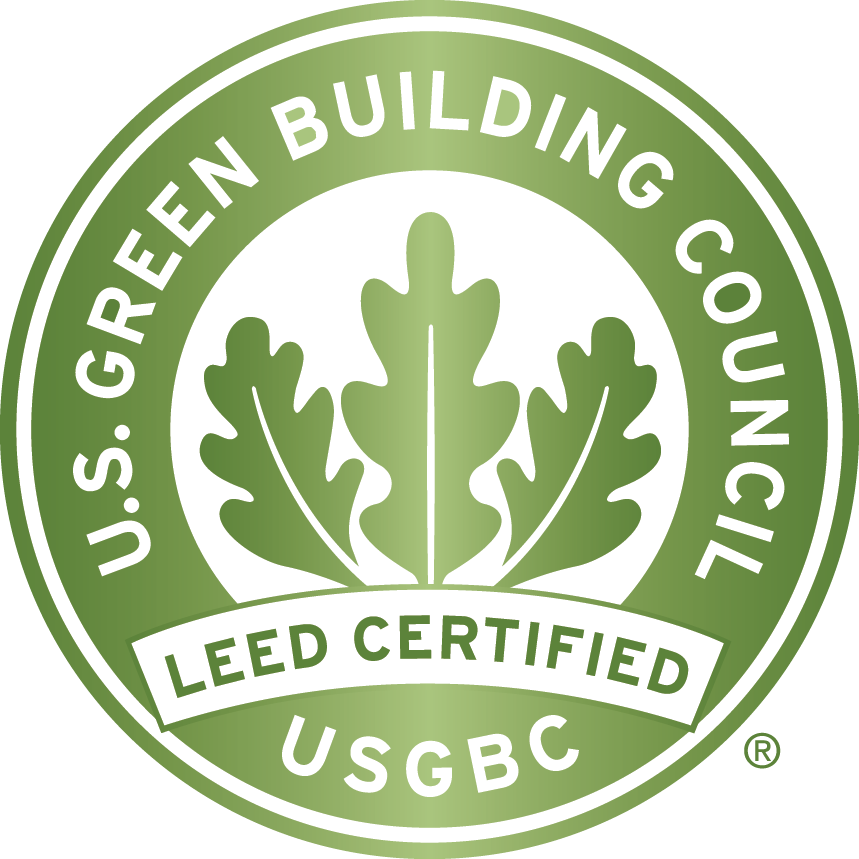Insulation Solutions for Architects: Performance Meets Sustainability, Affordably

It’s becoming increasingly common to hear architects talk about moving away from spray foam insulation—and many firms have gone ahead and established specific sustainability goals for the building products they specify.
When making a shift to healthier, more sustainable, higher efficiency products, building professionals rightly need to validate efficacy, durability, and long-term performance—not to mention the product’s sustainability claims. Is it sourced and manufactured responsibly, and does it help reduce the carbon footprint of the built environment over the long-term?
If this were a checklist, we’d be marking all the boxes next to wood fiber insulation. This proven insulation technology has been used in Europe for more than 20 years, and TimberHP is bringing domestic production to the []=U.S. for the first time. In this article, we explain why wood fiber is one of the best insulation solutions for architects who want sustainability without sacrificing design flexibility, aesthetics, or long-term building performance and safety.
Wood Fiber: Meeting Insulation Demands Across the Board

1. Code-Compliant & Performance-Ready
Being compliant with building codes and meeting design standards are non-negotiables, and if a product doesn’t stack up, that’s a non-starter. TimberHP wood fiber insulation solutions deliver proven R-value, fire resistance, and acoustic control you need to meet increasingly stringent building and energy requirements.
Compliance & Performance Snapshot:
- Compatible with IECC and IRC standards
- Meets Passive House and LEED certifications
- Offers standard framing and enclosure details, eliminating the need to rethink your design approach
- Are Class A fire rated (TimberFill and TimberBatt) through a borate treatment that provides effective fire resistance without using harmful flame retardants
TimberHP integrates right into conventional assemblies, so you can meet your sustainability goals using standard construction details without resorting to an entirely new building typology.


2. Third-Party Certified for Sustainability
There’s no greenwashing here – just third-party proof. Because we know architects don’t take a claim at face value. When we say wood fiber insulation is sustainable, we mean from the source, through manufacturing and installation, and beyond.
Sustainability Snapshot:
- Wood naturally stores carbon, meaning even in the built environment it is helping mitigate climate change by keeping atmospheric carbon locked away
- Wood fiber insulation is made from abundant residual wood chips, giving new life to a byproduct of sustainable forestry
- Wood fiber insulation has been certified by Declare Red List Free for indoor air quality
- Completely free from toxic additives (Borate, used for fire resistance; is a naturally-occurring mineral that offers powerful protection without toxicity)
You can specify TimberHP confidently, knowing it meets the highest bar for sustainability, with performance and health benefits packed right on top.

3. Superior Thermal & Acoustic Comfort
What was that about high performance? We’re glad you asked. Sustainable products like wood fiber insulation are wonderful, but we wouldn’t want you to specify them if it meant sacrificing performance.
Thermal & Acoustic Snapshot:
- Excellent R-values for thermal efficiency and year-round comfort
- Outstanding sound attenuation, making it ideal for multifamily and mixed-use buildings
- Vapor-open assemblies that support moisture management and long-term durability, preventing mold, rot, and condensation
- With high heat capacity, wood fiber insulation protects against summer overheating and slashes cooling demand better than conventional insulation materials
Whether you’re designing a net-zero residence, a Passive House-certified apartment, or a high-performance office building, TimberHP supports your vision for a healthy, quiet, and efficient environment.

4. Design with Confidence
There’s a lot on the line when it comes to building material selection—your materials need to be available, clearly documented, and verifiable. Builder or installer preference can impact material selection, and cost parameters influence every final decision.
TimberHP is helping architects keep building construction costs low—our insulation products are affordable, comfortable to handle, and easy to install, reducing labor and material expenses. For example, using TimberFill inside cavities can reduce sprinkler costs, meeting fire protection needs and sound abatement measures with a single solution.
View our design details and performance documentation
By choosing TimberHP, you can design with confidence, knowing your insulation spec supports both the project’s performance targets and your firm’s sustainability mission.
Wood Fiber Insulation Has Sustainability and Performance Built In
TimberHP makes it easier for architects to align performance, sustainability, and design continuity without compromise. Our wood fiber insulation products are engineered to meet the real-world needs of architectural practice, from detailing and documentation to certification and climate impact.
The architectural firms we work with made the shift toward wood fiber insulation for one clear reason: it checks all the boxes—from thermal and acoustic performance to impressive sustainability credentials—while supporting the architectural workflow with familiar construction detailing.
Curious how wood fiber insulation compares to what you’re currently using? Subscribe to our newsletter for regular updates about our wood fiber insulation products and to see how they stack up against fiberglass, foam, and mineral wool.


